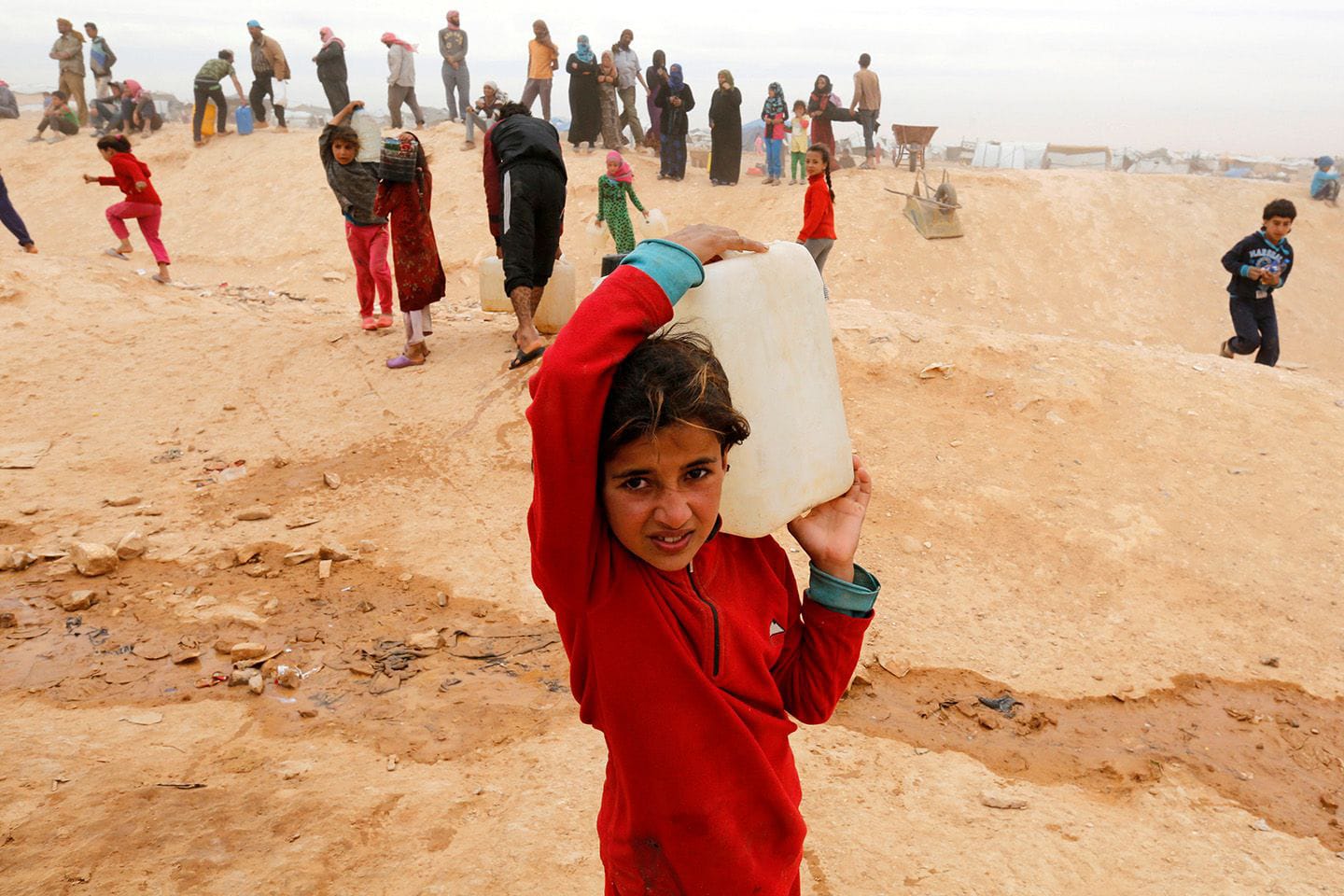By: Kashif Nawab
On International Water Day, the focus sharpens on Pakistan’s water landscape, spotlighting the critical need for sustainable management practices in the face of mounting challenges. As an agrarian economy heavily reliant on water resources for various purposes, including irrigation, drinking water, and hydropower generation, Pakistan grapples with a complex array of issues.
Key Challenges:
1. Water Scarcity:
Pakistan confronts severe water scarcity exacerbated by rapid population growth, urbanization, and climate change. Reports indicate the country is inching towards water stress levels, with per capita water availability dwindling steadily.
2. Mismanagement and Wastage:
Inefficient water management practices, characterized by outdated irrigation techniques, leaky infrastructure, and inadequate storage facilities, contribute significantly to water wastage. Additionally, the absence of proper water pricing mechanisms leads to undervaluation and overexploitation of water resources.
3. Transboundary Water Disputes:
Pakistan’s dependence on shared river systems, notably the Indus Waters Treaty with India, adds complexity to water governance. Ongoing tensions over water allocations and hydropower projects strain diplomatic relations, impacting regional water security.
4. Pollution and Contamination:
Water pollution stemming from industrial discharge, agricultural runoff, and untreated sewage poses significant health risks, affecting both surface and groundwater quality. Contaminated water sources contribute to the spread of waterborne diseases, exacerbating public health challenges.
5. Climate Change Impacts:
Pakistan’s vulnerability to climate change is evident in erratic rainfall patterns, glacial melt, and increased frequency of extreme weather events. These changes disrupt water availability, intensifying existing water stress, particularly in arid and semi-arid regions.

Initiatives and Interventions:
1. National Water Policy:
Pakistan introduced a National Water Policy aimed at enhancing water governance, efficiency, and equitable distribution. The policy emphasizes integrated water resource management and ecosystem conservation.
2. Infrastructure Upgrades:
Efforts to modernize the Indus Basin irrigation system involve infrastructure upgrades, adoption of water-saving technologies, and improved distribution mechanisms to reduce wastage and enhance efficiency.
3. Rainwater Harvesting and Conservation: Community-level initiatives promoting rainwater harvesting and conservation alleviate water scarcity in rural areas and aid groundwater recharge.
4. International Collaboration:
Pakistan engages in dialogue with neighboring countries, particularly India, to address transboundary water issues and promote regional water security through agreements like the Indus Waters Treaty.
5. Awareness and Education:
Public awareness campaigns raise awareness about water conservation, sanitation, and hygiene practices, empowering communities to adopt sustainable behaviors.
The Way Forward:
To address water challenges, Pakistan must prioritize:
1. Enhanced Water Governance:
Strengthening institutions, regulatory frameworks, and stakeholder participation is essential for effective decision-making.
2. Water Efficiency Promotion: Investment in water-saving technologies and modernization of irrigation systems can minimize wastage and optimize water use.
3. Climate Resilience:
Integrating climate change adaptation measures into water management strategies enhances resilience to climate variability and extreme events.
4. Alignment with Sustainable Development Goals:
Harmonizing water management efforts with the Sustainable Development Goals provides a framework for prioritizing actions towards water security and sustainable development.
Conclusion:
On International Water Day, Pakistan’s water challenges come into sharp focus, underscoring the urgent need for concerted efforts at the national and international levels. By embracing innovation, collaboration, and adaptive strategies, Pakistan can navigate its water challenges and pave the way towards a water-secure future.


